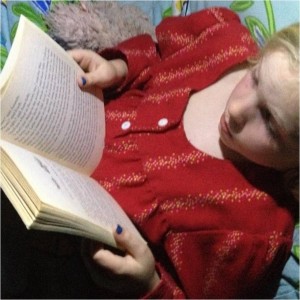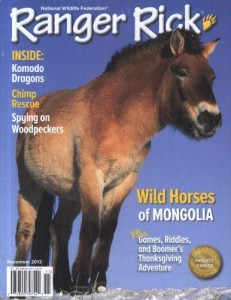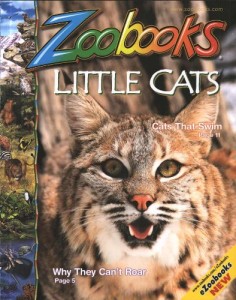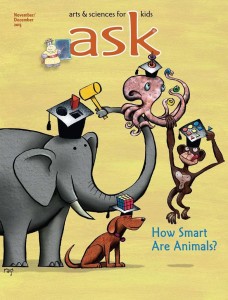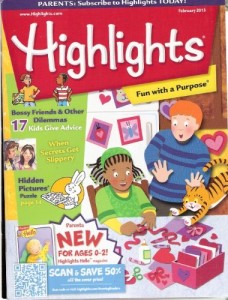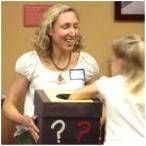Board books come to mind when I reflect on the beginning of my daughter reading. These books are important to your babies and toddlers because without your help they can choose and explore them in a very developmentally appropriate way. Appropriate because these books are sturdy, generally no more than ten pages, and can handle little hands’ roughhousing.
Here are my top five recommended board books for your child:
1.) Goodnight Moon 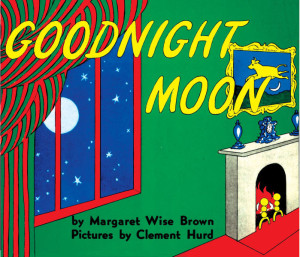 by Margaret Wise Brown offers a great story that helps your child develop a good sleeping ritual. The story progresses as the mother bunny puts her baby bunny to sleep by saying goodnight together to everything in the bedroom. Its cadence and rhyming patterns provide great practice for these prerequisites to early reading.
by Margaret Wise Brown offers a great story that helps your child develop a good sleeping ritual. The story progresses as the mother bunny puts her baby bunny to sleep by saying goodnight together to everything in the bedroom. Its cadence and rhyming patterns provide great practice for these prerequisites to early reading.
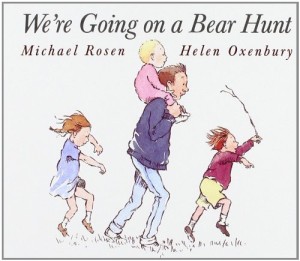 2.) We’re Going on a Bear Hunt by Michael Rosen and Helen Oxenbury takes your child on a family adventure to find a bear. It plays on courage and allows you and your child to act out and pretend you are going on a bear hunt through sound effects and dramatic reenactment. Together you can swishy swashy through the tall grasses and splash through the water until you find the BEAR! (We’re not scared.)
2.) We’re Going on a Bear Hunt by Michael Rosen and Helen Oxenbury takes your child on a family adventure to find a bear. It plays on courage and allows you and your child to act out and pretend you are going on a bear hunt through sound effects and dramatic reenactment. Together you can swishy swashy through the tall grasses and splash through the water until you find the BEAR! (We’re not scared.)
3.) Five Little Ducks 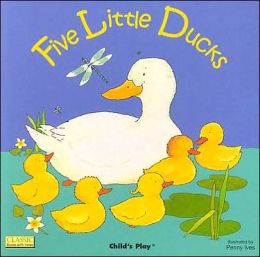 by Jose Aruego and Ariane Dewey is an invitation to sing. As you read to your child, you may find yourself putting a tune to the words. Your child will begin to learn basic math skills – adding and subtracting to five as the mother duck looks for her ducklings as they leave one by one and then come back. You may hear your child recite the book back to you – a success at the beginning of becoming an independent early reader.
by Jose Aruego and Ariane Dewey is an invitation to sing. As you read to your child, you may find yourself putting a tune to the words. Your child will begin to learn basic math skills – adding and subtracting to five as the mother duck looks for her ducklings as they leave one by one and then come back. You may hear your child recite the book back to you – a success at the beginning of becoming an independent early reader.
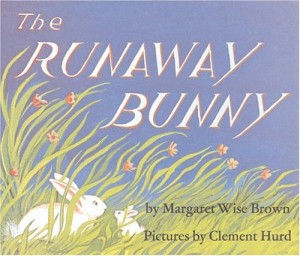 4.) The Runaway Bunny by Margaret Wise Brown encourages your child to use her imagination to be anything she aspires to be. The story plays on the love between a mother bunny and her child. Additionally, Clement Hurd’s beautiful illustrations will challenge your child imagination as they look for the missing bunny in the pictures as he tries to run away from his mother.
4.) The Runaway Bunny by Margaret Wise Brown encourages your child to use her imagination to be anything she aspires to be. The story plays on the love between a mother bunny and her child. Additionally, Clement Hurd’s beautiful illustrations will challenge your child imagination as they look for the missing bunny in the pictures as he tries to run away from his mother.
5.). Barnyard Dance 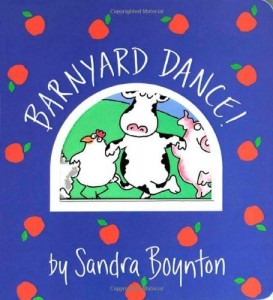 by Sandra Boyton will make you and your child dance with delight as you read the book that gives instructions like “stomp your feet” and “clap your hands.” All the dancers in the book are barnyard animals, so your child can bounce with the bunny and strut with the duck.
by Sandra Boyton will make you and your child dance with delight as you read the book that gives instructions like “stomp your feet” and “clap your hands.” All the dancers in the book are barnyard animals, so your child can bounce with the bunny and strut with the duck.
These books are short with great attention getters to keep your child engaged, motivated and asking you to read them again and again – all preliminaries to early reading. You just might find that one of our most chewed board books becomes your child’s favorite.
Please let us all know some favorite board book your child loves reading again and again.
Like this:
Like Loading...





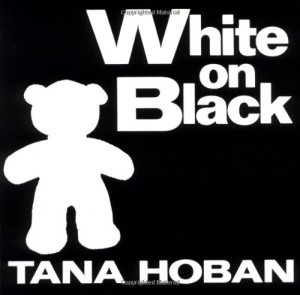
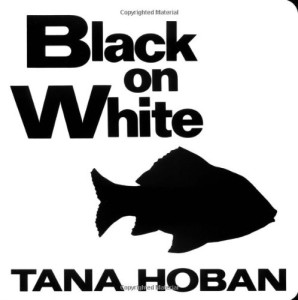
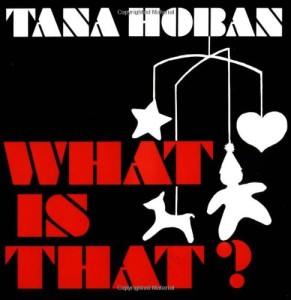

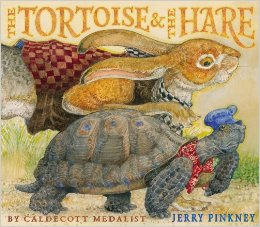
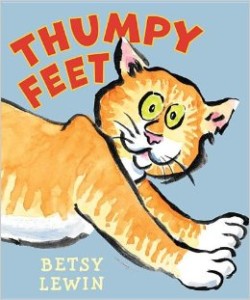
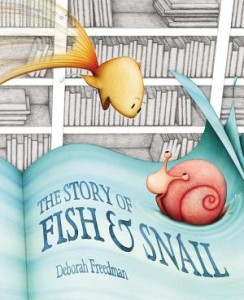
 Zaner Bloser Manuscript Model – 2010 (A-Z and Numbers)
Zaner Bloser Manuscript Model – 2010 (A-Z and Numbers)